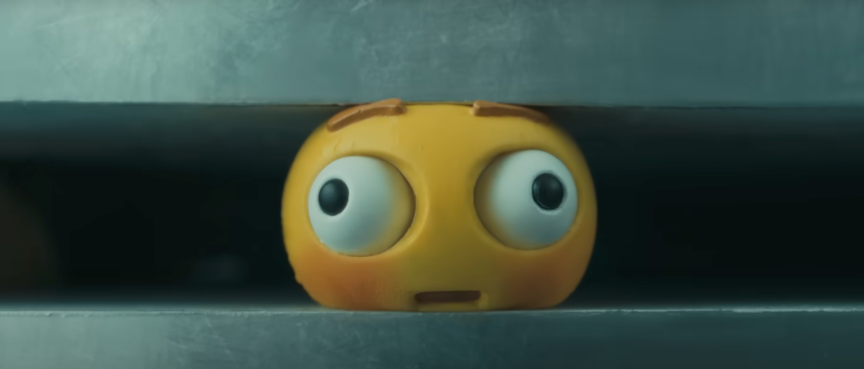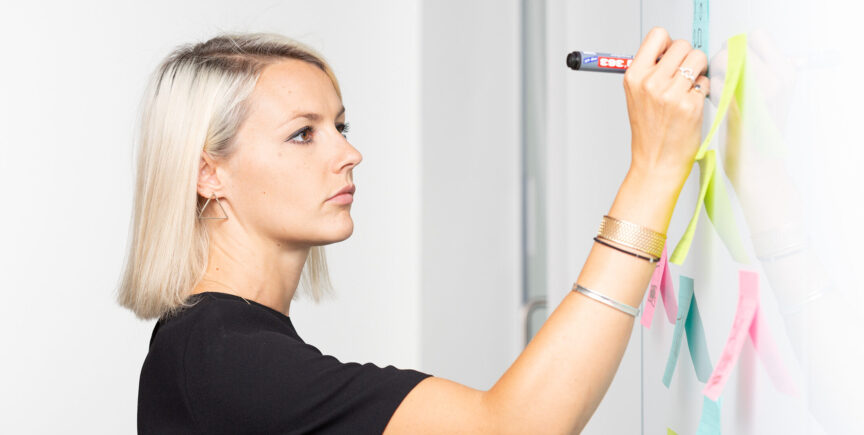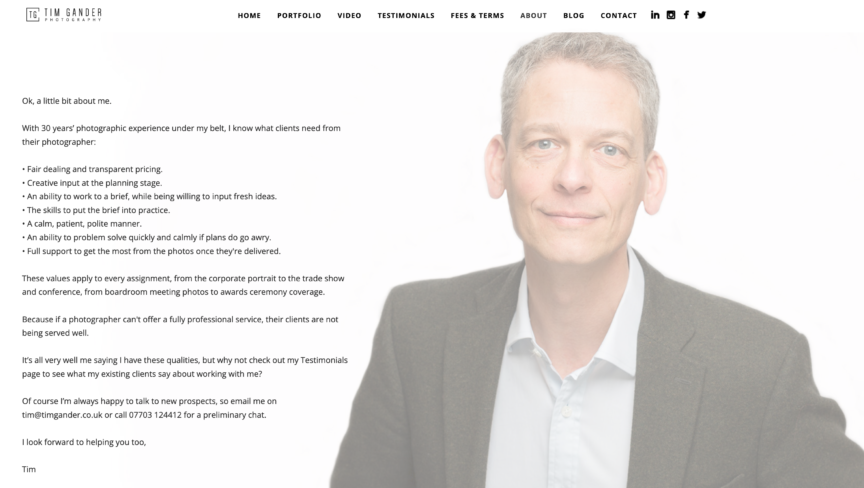Since the dawn of mass-market photography, camera manufacturers have held out the promise that if you just buy their latest and greatest camera gear, you will be able to take the same pictures as a professional.
This narrative got ramped up with the birth of digital, which allowed you to see, review and (if necessary) retake a photo without having to wait for your film to be developed.
Camera adverts now routinely proclaim the ability to take your photography to “the next level” or capture incredible detail with greater ease than ever before; it turns out that the previous camera they launched with exactly the same claim was a pile of junk – get rid of it and buy this new one instead! 18 months later, they’ll have superseded the camera you never quite got to grips with, with something they claim takes your photography to the next level. And so it goes on.
Perhaps what is most disappointing is when camera manufacturers try to claim that if only you owned their latest model, you could do the work of a professional. It sends out the message that it’s the gear, not the human behind it, that creates work with purpose or impact. Which is odd, because I have cameras which I only use once every few months, yet all the time they sit on the shelf, they never produce a damn thing. I’ve checked and it hasn’t happened yet.
This sales tactic feeds a nascent belief that professional photographers are not really needed, which in turn makes us look over-priced. Clients then decide that perhaps they’ll have a go themselves (usually with risible results), or they try to hammer their budgets down to almost nothing, because why pay someone if it’s the camera that’s doing all the work?
Until now, these manufacturers have been relatively subtle in this messaging, but hats off to Apple and Adobe for taking this narrative to an entirely new level. In their adverts and promotional posts, they’re basically telling us that creative professionals are an obstacle to creativity.
Apple’s “crush the creative” ad for the iPad was eye-popping on multiple levels, but it’s earned a well-deserved backlash from the creative community. What Apple wants us (you) to believe is that all creative arts and creativity and humanity can be crushed into a 5.1mm thick slab of aluminium. Just think what YOU could do with this – no pesky creative individuals with their annoying invoices necessary.
Adobe, meanwhile, is exhorting people to “skip the photoshoot” as they (Adobe) push their generative AI image making tool to a wider market. So the photographers (designers, illustrators too) who have doggedly supported Adobe for the past 25 years or more are now thrown under the bus of so-called progress.
Perhaps what is even more galling here is that Adobe’s image-generation tool has been trained on the work of photographers who have paid to use Adobe’s products. This isn’t payback for a service we’ve used for free all these years, this is a kick in the nuts.
Ai is obviously not going away, but corporations need to be careful which direction they push it in. There’s a genuine risk that creatives will simply start creating less. The bottom line of the bottom line is that if creatives can find no reward for their work, they’ll stop creating the work. That’s when culture starts to whither at everyones’ expense, though mostly at the expense of those not rich enough to insulate themselves from this onslaught.
It’s easy (actually it’s lazy) to say “that’s progress, get with it or be left behind” except it isn’t progress. It is simply large corporations not having a clue how real creativity works, what it needs to thrive and above all, why real, tangible, physical, sometimes messy culture is so important to the wellbeing of individuals and society and yes, the economy.
By all means embrace the crushing and sidelining of creative endeavour, but don’t complain when life ends up feeling a bit shitter as a result.



